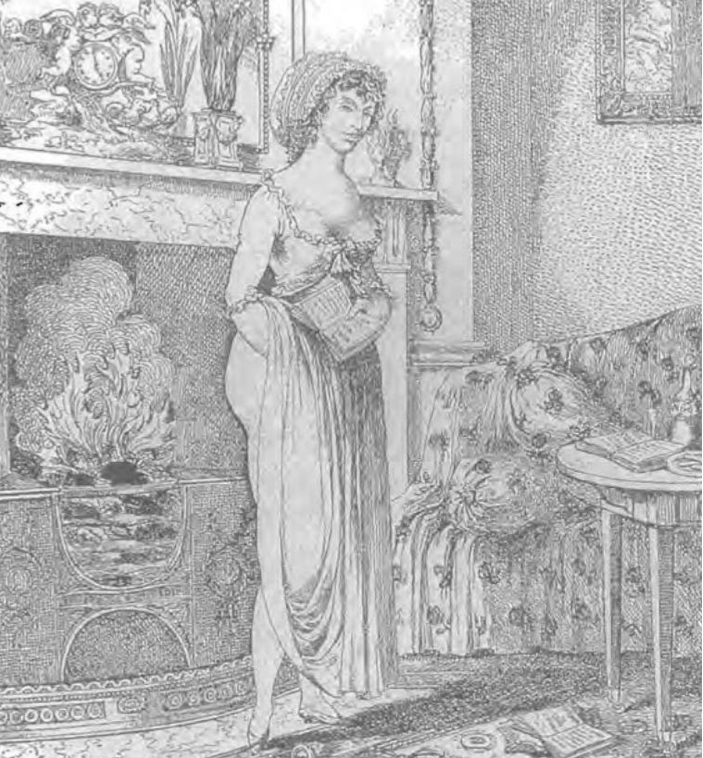By Anna Zarra Aldrich

The male ego has been a fragile thing for centuries; and in the 19th century, this ego was especially threatened by a particularly heinous device that could eliminate a woman’s need for a man entirely: Books.
Sinister, seditious, patriarchy-disestablishing books. When women became more active members of the literate community, men feared they would become so sexually aroused by books, they would never need a man to touch them again. Books were the 19th century vibrator.
The dreaded Reading Woman first emerged as a true force in the 16th century. With the advent of the printing press, books were more numerous and affordable. In the 16th and 17th centuries, presses began printing small books women could easily conceal from their husbands.
Naturally, men were appalled and some spearheaded initiatives to ban women from reading. When that failed, they began producing sexist propaganda that reinforced traditional gender roles. Such as Sermons to a Young Woman written by a Scottish Presbytarian minister James Fordyce in 1766 with gems like:
“With regard to the opinion of the better sort of men, I will tell you a secret. If in the flutter of too publick a life you should at any time far forget yourselves, as to drop that nice decorum of appearance and manner, which is expcted from your sex, particularly from the younger part of it, they will be tempted to harbour suspicious which I dare not name; that is, many of them will.”
Meanwhile in Germany, as part of the Reformation, started in 1517, and the rise of Protestantism, women began reading more. Protestantism, as opposed to Catholicism, encourages parishioners to read and understand the Bible for themselves. If women could think for themselves without being guided by a man, who knew what destruction they could reign.
As women continued to partake in this shameful activity, men projected their sexual fears onto books. If women were taking such pleasure in reading, there was no space left for the men in bed.
Barbara M. Benedict, an English professor at Trinity College said, “Novel reading for women was associated with inflaming of sexual passions; with liberal, radical ideas; with uppityness; with the attempt to overturn the status quo.”
Part of this fear came from the belief that women, unlike their mentally stalwart male counterparts, would be unable to distinguish fact from fiction. Those poor things. Because I know we have all been deeply, terribly confused about how we have not actually all met Christian Grey to the point where we simply cannot deal with real men any more (sigh).
Nineteenth century values also denied the existence of the female sex drive. Unless of course she was some kind of succubi or a witch.
Women who expressed any kind of sexual desire, clearly caused by reading books, was diagnosed as a serious health disorder.
“In the last half of the 19th century, the female disorders of nymphomania, masturbation, moral insanity, hysteria and neurasthenia were universally believed to be a serious threat to health and life, and were considered to be the result of reading inappropriate novels or playing romantic music.” (John Studd)
As a result of this uptick in “conditions” doctors had to perform numerous treatments for the afflicted women which consisted of fingering a woman to orgasm. But this is hard, tiring work. So they invested in the creation of a labor-saving device for male medical professionals, giving rise to the actual vibrator.
Books were feared as 19th century vibrators and in perhaps the greatest twist of fate in history, they gave rise to the real thing.
So read on ladies and enjoy your right to literacy and the miraculous things it can give rise to.
Anna Zarra Aldrich is the Long River Review editor-in-chief and a translations panel reader. She can be reached at anna.aldrich@uconn.edu.


You must be logged in to post a comment.